3.3 Note Making
Note-making: It
is an active and
focused ‘writing skill’.
Here concrete connection between
all relevant concepts and words is drawn to infuse or connect all thoughts
together by a method. (points, tree diagram or a table etc.)
Note Making is a way of recording
important details from a source. This source can be any book, article, or a
passage. In note making, the writer records the essence of the information. It
helps to understand the main information. Note making saves a lot of time. One
can get a glimpse of a lot of information from a short note. A note making
involves the selection, analysis, summarization, and organization of information.
The Procedure of Note Making
1)
Read
the given passage carefully.
2)
Underline
the important points. It helps to make headings and subheadings.
3)
Make
a rough note first to get an idea.
4)
Organize
the points in logical order or sequence for the final note.
5)
Use
the appropriate note making format
6)
Do
not change the idea or the message of the passage.
Points to Remember:
a)
Avoid
using long sentences as heading or title or sub points.
b)
Never
lose the main idea of the passage.
c)
Ignore
information which is less important.
d)
Be
brief, clear, and specific.
e)
Show
logical sequencing.
f)
Do
not include your own views or understandings.
Ice Breakers:
1) Complete the web:-
We take notes of-
a) book
b) speech
c) lecture
d) article
e) reading
f) passages (extracts)
2) We take notes because:-
1)
Improvement
in listening becomes an active process
2)
It
has great importance in exams or in academic writing.
3)
It
reduces study time.
4)
It
helps to take revision of the topic.
5)
To
review before exams.
6)
It
is an organization of main points for future use.
7)
It
helps in keeping the information handy.
8)
It
helps in recollecting and recalling the past events.
9)
It
helps in concentrating, understanding and provides a permanent record.
10) Note
making helps a writer to go through bulky documents quicker.
11) It
helps in understanding a material if the notes are in own words.
12) Understand what you are learning and clarify your thinking
13) It distinguishes between main points and its details.
NOTE-TAKING
AND NOTE-MAKING
|
Note taking |
Note making |
|
Only jotting down points, involves no sight
interpretation |
Helps student to see each point clearly along with
its link or connection with each other |
|
Very little changes are required |
Easier to change the notes made |
|
Taking points from one source at a time |
Involves the taking of points from different
sources. |
|
Less understanding |
More understanding |
|
Points or notes are written in full form. Points
given by sources are taken directly. |
Note making is often in short form. |
|
Only gives the early configuration for the whole
topic. |
Helps the students in capturing its main key. |
|
Notes are made from sources. They are hand-made
since the time available is limited. |
Constructed by the learner themselves, in hand-made
or in computer-typed form |
What is Note Making – Know more about it
It is an
active and focused
‘writing skill’. Here
concrete connection between all relevant concepts and words is drawn to
connect all thoughts together by a specific method.
Note Making is a way of
recording important details from a source. This source can be any book,
article, or a passage.
In note making, the writer
records the essence of the information. It helps to understand the main
information.
Note making saves a lot of
time. One can get a glimpse of a lot of information from a short note.
Note making involves the
selection, analysis, summarization, and organization of information.
The Procedure of Note Making
1) Read the given passage
carefully.
दिलेला उतारा काळजीपूर्वक वाचा.
2) Underline the important
points. It helps to make headings and subheadings.
महत्त्वाचे मुद्दे अधोरेखित करा. याचा
उपयोग मुख्य मुद्दे आणि उपमुद्दे बनविण्यास होईल.
3) Make a rough note first to
get an idea.
कल्पना येण्यासाठी प्रथम एक रफ नोट
बनवा.
4) Organize the points in
logical order or sequence for the final note.
अंतिम नोंदीसाठी मुद्दे तार्किक
क्रमाने जोडा.
5) Use the appropriate note
making format.
नोट बनवण्याचे योग्य स्वरूप
वापरा.
6) Do not change the idea or
the message of the passage.
परिच्छेदाची कल्पना किंवा संदेश बदलू
नका.
Points to
Remember:
a) Avoid using long sentences
as heading or title or sub points.
लांबलचक वाक्ये मुख्य मुद्दा किंवा
शीर्षक किंवा उपमुद्दे म्हणून वापरणे टाळा.
b) Never lose the main idea of
the passage.
परिच्छेदाची मुख्य कल्पना कधीही
नाहीशी करू नका.
c) Ignore information which is
less important.
कमी महत्त्वाच्या माहितीकडे दुर्लक्ष
करा.
d) Be brief, clear, and
specific.
संक्षिप्त, स्पष्ट आणि
विशिष्ट मुद्दे घ्या.
e) Show logical sequencing.
तार्किक अनुक्रम दाखवा.
f) Do not include your own
views or understandings.
तुमची स्वतःची मते किंवा समज समाविष्ट
करू नका.
Types of Notes-
1) Tree Diagram
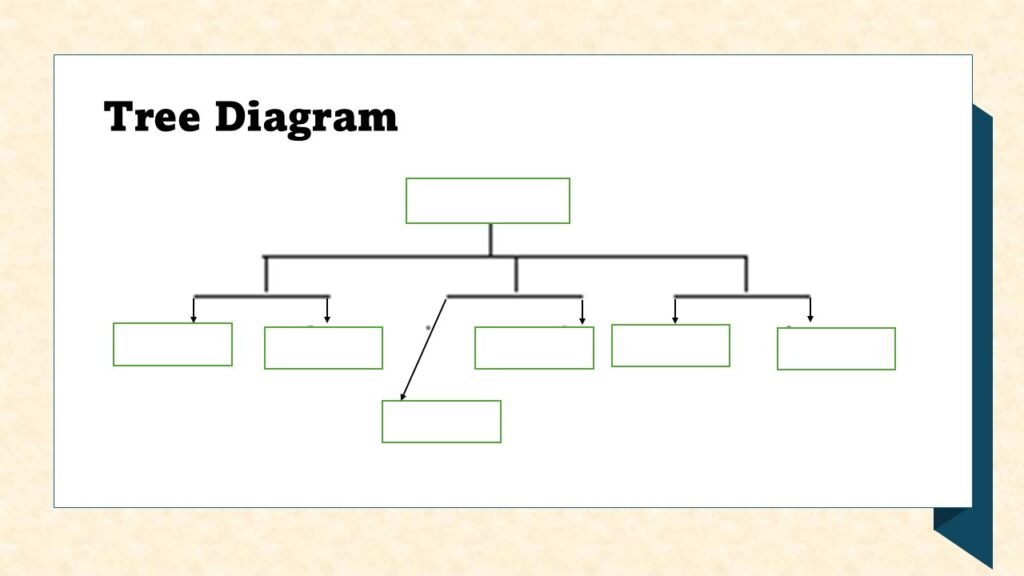
2) Table
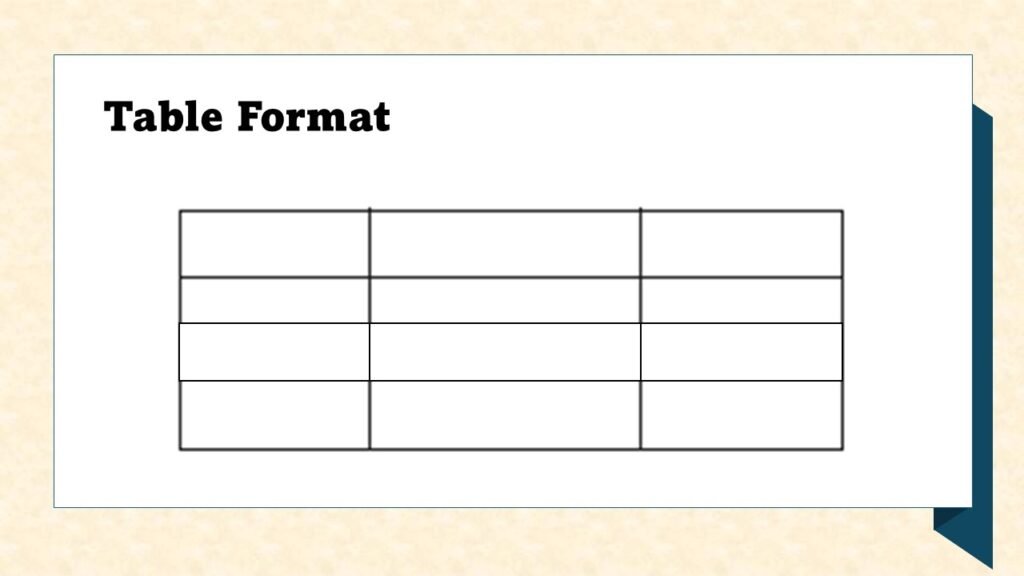
3) Points

4) Charts (Bar Charts, Pie Charts, Flow Charts)

5) Line Graph
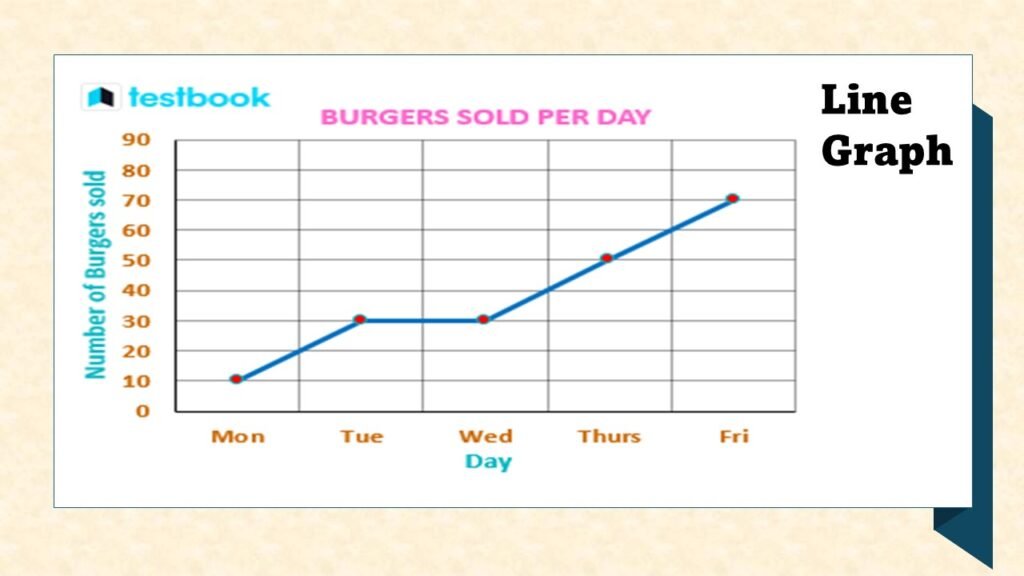
6) Pictograms
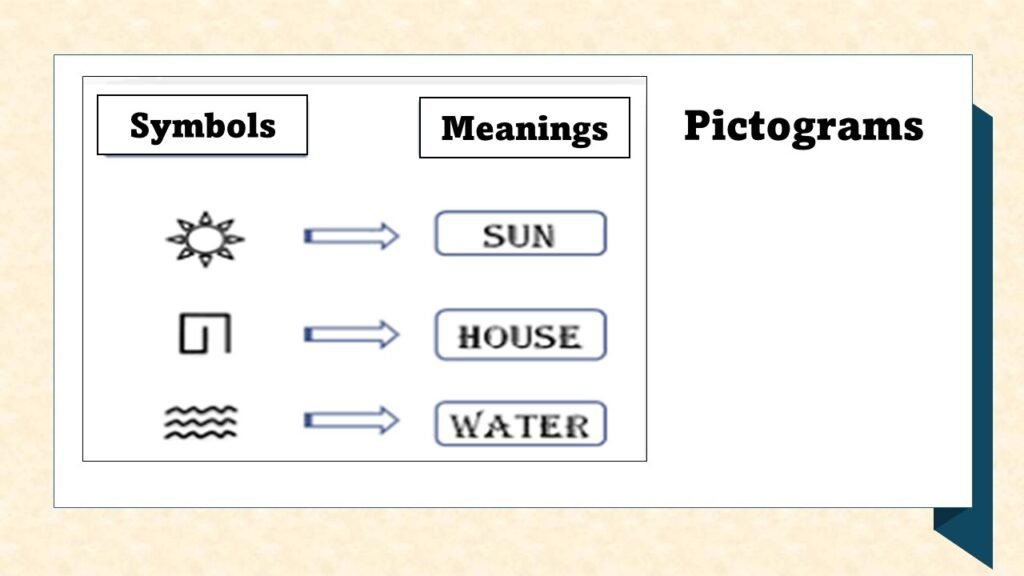
7) Maps
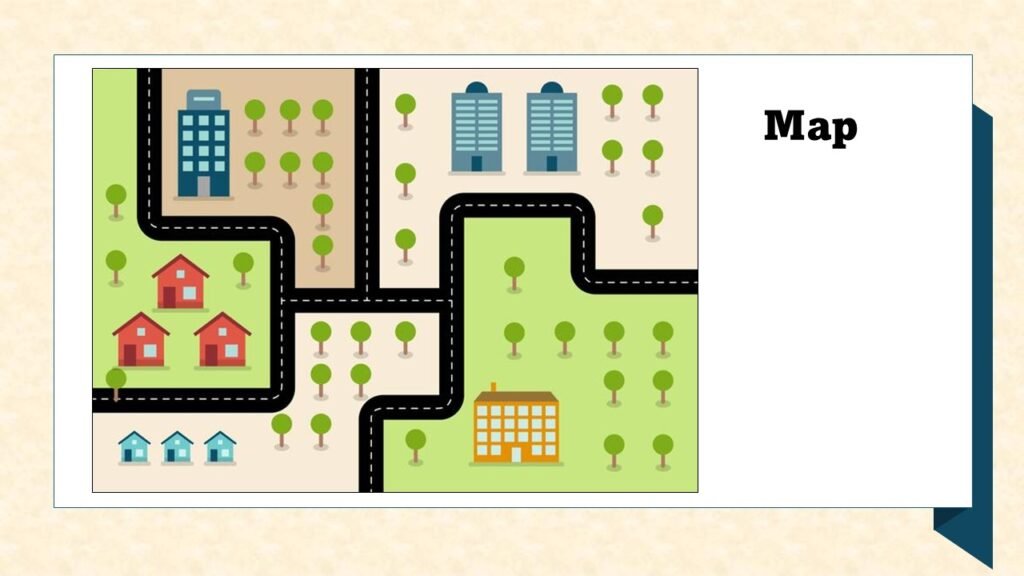
8) Plans

Features of Note Making-
- Helps student to see each
point clearly along with its link or connection with each other
विद्यार्थ्याला प्रत्येक मुद्दा त्याच्या दुव्यासह किंवा एकमेकांशी जोडलेले पाहण्यास मदत करते.
- Involves the taking of
points from different sources.
विविध स्त्रोतांकडून मुद्दे घेणे जमायला लागते.
- More understanding
विषयाची अधिक समज होते.
- Note making is often in
short form.
नोट बनवणे बहुतेक वेळा शॉर्ट फॉर्ममध्ये असते.
- Helps the students in
capturing its main key.
विद्यार्थ्यांना त्याची मुख्य मुद्दा शोधण्यास करण्यात मदत करते.
Activity No. 1
Read the extract
and write a note in tabular format.
|
Ramayana and Mahabharata are two great epics of
India. Ramayana is written about 7000 years ago while Mahabharata is written
about 4000 years ago. Poet Valmiki wrote Ramayana and Maharshi Ved Vyas
created Mahabharata. Lord Rama is the hero of Ramayana while Lord Krishna is
the central character of Mahabharata. The central women characters of
Ramayana are Seeta and Kaikai while in Mahabharata Draupadi and Kunti are the
central women characters. In both epics war took palce. The war in Ramayana
took place in Lanka and in Mahabharata it took place in Kurukshetra. The
message of both epics is that at the end good wins. |
Answer-
Activity No. 2
Read the extract
and write a tree diagram describing the main points and their sub points.
|
Books have always been man’s best friends. There are books on a wide range of
topics. They can be grouped under different categories namely literature,
expository, philosophical and reference. Poetry, drama, novel and short
stories all come under literature which is meant to entertain. Books that
provide information are expository type and include history, geography,
politics and sociology. Philosophical books deal with religion and theology.
These books are for deep thinking. Reference books are for the study. They
include dictionary, world records and facts and figure etc. |
Answer-
Activity No. 3
Read the extract
and make a pie chart.
|
In India there are various causes of road accidents.
The major cause of road accident is driver fault. Due to the mistake of
driver near about 77 % road accidents are done. The second major cause of
road accident in India is surprisingly the passenger fault. 8 % road
accidents are caused due to the mistake of the passengers. The speed of
vehicles also caused 5 % road accidents. Increasing speed increases the
percentage of road accidents. Mechanical defect in vehicles also causes road
accidents. 3 % road accidents are done due to this reason. There are other
factors which are also responsible for road accidents, include fallen trees
and cattle. 4 % of road accidents are caused due to this reason. 2 % road
accidents are caused due to absence of reflectors. |
Answer-
See Video Presentation- What is Note Making
Video created by Dr. Sanjay Gaikwad

2 comments:
Hello Chavan sir,I always use your blog to teach my students. It is too much useful to all of us. My students now follw you.
Thanking you.
Mr G D Sonawane
Mahadevrao Shirke SEC. & Higher SecondarySchool Bhom Tal Chiplun Dist Ratnagiri-415628
very good sir keep it up .
Post a Comment